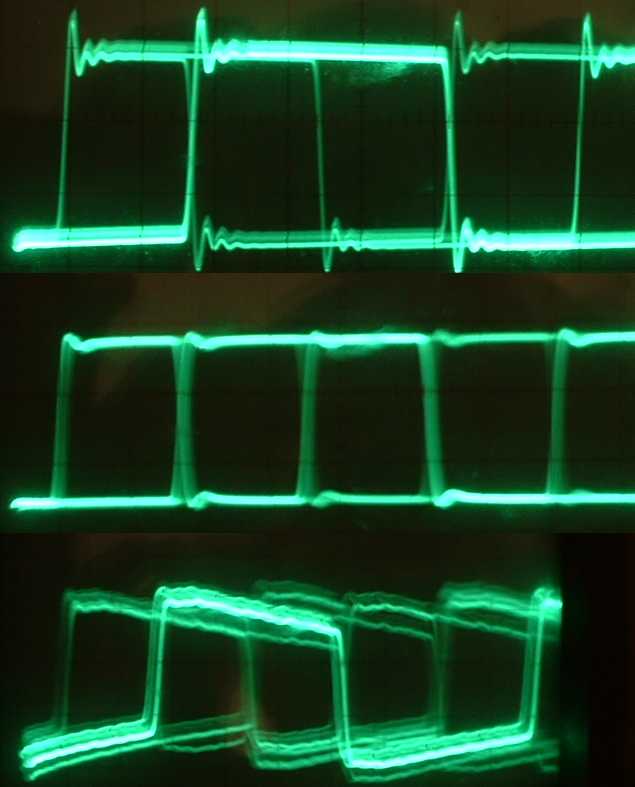Jim Audiomisc
pfm Member
Consider a 1m cable with an inner insulator that causes the nominal internal propagation speed to be, say, 0.8 * c. Three 'trips' would mean travelling 3 metres. And would arrive 2 'trips' after the 'first arrival'.
Calculate how long that delay may be compared with, say, a single bit from an SPDIF stream of, say, 96k 24bit stereo.
Consider what that implies....
Note also that is the source *is* matched, it will eat the reflection. But again, if you assume the source and destination are say, matched to 90%, how big will the resulting signal voltage change be?
Left as an exercise for the student.
Calculate how long that delay may be compared with, say, a single bit from an SPDIF stream of, say, 96k 24bit stereo.
Consider what that implies....
Note also that is the source *is* matched, it will eat the reflection. But again, if you assume the source and destination are say, matched to 90%, how big will the resulting signal voltage change be?
Left as an exercise for the student.


